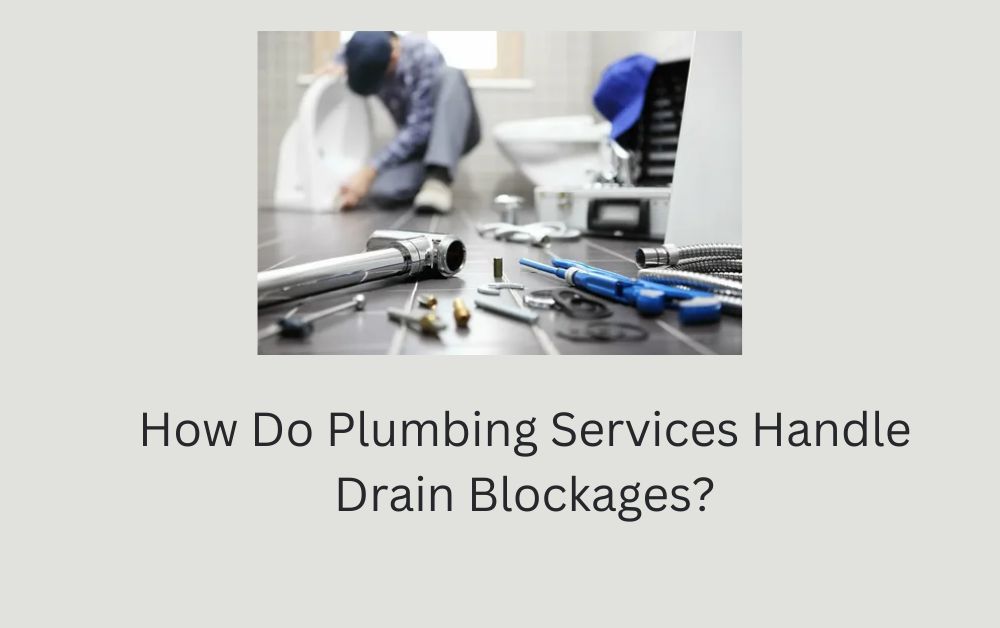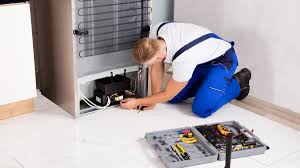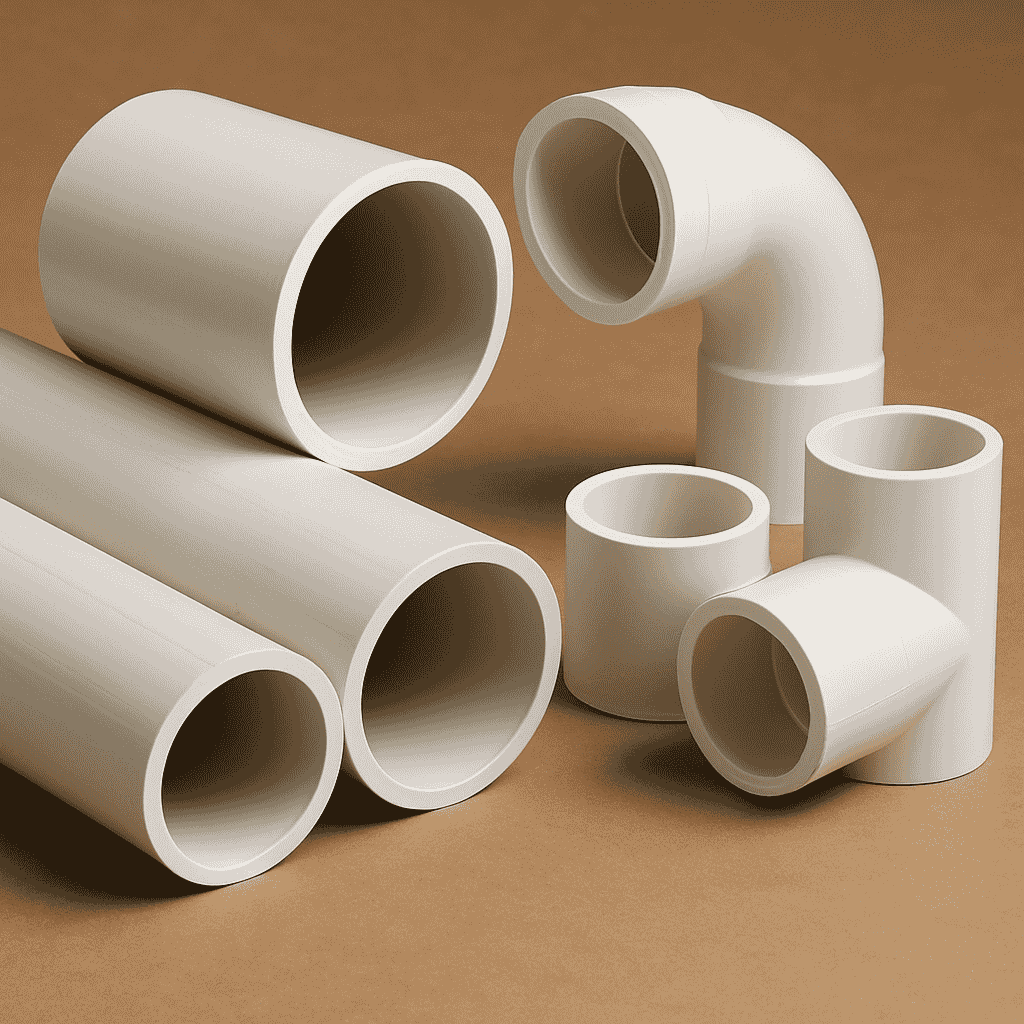Blocked drains are a common problem in homes, offices, and commercial buildings. Whether it’s a slow-draining sink, a toilet that won’t flush, or a foul smell coming from the pipes, drain blockages can be a real headache. Thankfully, professional plumbing services know exactly how to deal with these issues quickly and safely.
In this blog, we will explain everything you need to know about how plumbing services handle drain blockages. We’ll break it down step by step and use simple words so that anyone can understand.
Understanding Drain Blockages
What Is a Drain Blockage?
A drain blockage happens when something gets stuck inside the pipe and stops water from flowing properly. It can happen in sinks, bathtubs, toilets, or even outdoor drains.
What Causes Blocked Drains?
Here are some common causes:
- Hair – A lot of hair can clog bathroom drains.
- Grease and Oil – Cooking grease hardens in kitchen drains.
- Soap Scum – Soap can build up and narrow the pipes.
- Food Waste – Leftover food can clog the kitchen sink.
- Foreign Objects – Toys, wipes, or paper towels can block toilets.
- Tree Roots – In outdoor drains, roots may enter the pipes.
NOTE: Don’t let blocked drains or leaking pipes ruin your day. Our expert team offers top-quality plumbing services Dubai for homes and businesses. We fix it right the first time — safely and quickly.
Contact us now for trusted plumbing solutions in Dubai!
How Plumbing Services Identify the Blockage
Before fixing the problem, professional plumbers need to find out what is causing the blockage and where it is located. Here’s how they do it:
Initial Inspection
Plumbers will first ask you questions like:
- Where is the blockage?
- When did you notice it?
- Are other drains in the house working fine?
This helps them understand the situation better.
Camera Inspection
If the blockage is not visible, they may use a drain inspection camera. This camera goes into the pipe and shows live video, so plumbers can see what’s causing the problem. It’s a smart and non-invasive way to find blockages.
Drain Testing
Sometimes, plumbers use a dye test or water pressure test to check how water flows through the pipes. This also helps locate blockages.

Common Methods Plumbers Use to Clear Blocked Drains
Once the problem is found, the plumber will choose the best method to clear the blockage. Let’s go through the most common techniques.
1. Manual Tools
Plunger
A plunger is a simple but effective tool. It uses air pressure to push or pull the blockage.
Drain Snake (Plumber’s Auger)
A long, flexible metal cable that can be pushed down the pipe to break or pull out the blockage. It works well for small to medium blockages.
2. High-Pressure Water Jetting
This method uses a machine that blasts water at high pressure through the pipes. It clears:
- Grease buildup
- Tree roots
- Soap scum
- Mineral deposits
It is fast, safe for the pipes, and very effective.
3. Chemical Drain Cleaners (Used With Caution)
Plumbers sometimes use special chemicals to dissolve clogs. But this is only done when safe for your plumbing system. Too much chemical cleaner can damage pipes, especially old or plastic ones.
4. Pipe Disassembly
If the blockage is very tough or deep inside the pipe, the plumber may take apart the pipe under the sink or floor. After clearing the clog, they’ll reconnect everything properly.
Special Cases: Outdoor Drain Blockages
Outdoor drains may be blocked by leaves, mud, or even tree roots. In such cases, plumbers may use:
- Drain jetting
- Root cutters
- Excavation tools (for severe cases)
They also clean out the drain grates and recommend proper outdoor drain covers.
What Happens After the Drain Is Cleared?
Plumbers don’t just clear the blockage and leave. Here’s what usually happens next:
They Check Water Flow
After the blockage is removed, they test the drain by running water to ensure it flows smoothly.
They Inspect for Damage
If the blockage was serious, they may inspect the pipe for cracks or wear, especially in older homes.
They Give Advice
Plumbers will usually give helpful tips to avoid future blockages.
Preventive Tips From Professional Plumbers
Plumbing services often share useful advice to help you keep your drains clean. Here are some simple tips:
In the Kitchen
- Don’t pour oil or grease down the sink.
- Use sink strainers to catch food bits.
- Avoid grinding fibrous foods in the garbage disposal (like celery or corn husks).
In the Bathroom
- Use a hair catcher in the shower.
- Don’t flush wipes or tissues, even if they say “flushable”.
- Clean drains regularly with baking soda and vinegar.
General Plumbing Care
- Book regular drain cleaning services if you live in an older home.
- Replace old pipes when recommended.
- Avoid using chemical cleaners too often.
When Should You Call a Professional Plumber?
It’s okay to try clearing a minor clog yourself with a plunger or home remedies. But you should call a plumbing service if:
- Water drains slowly in more than one place.
- You hear gurgling noises from pipes.
- There’s a strong smell from the drain.
- The toilet overflows or won’t flush.
- You’ve tried but can’t clear the blockage.
Professional plumbers have the tools and skills to fix the problem properly. Trying to fix major clogs on your own can cause more damage.
Benefits of Hiring a Plumbing Service
Let’s look at why it’s better to call in the pros:
1. Saves Time
Plumbers can fix the problem quickly and efficiently.
2. Safe for Pipes
They use the right tools and avoid damage.
3. Long-Term Solutions
Plumbers find and fix the root cause, not just the surface problem.
4. Expert Advice
You’ll get tips to prevent future blockages.
5. Emergency Help
Many plumbing services are available 24/7 for urgent problems.
Final Thoughts
Blocked drains can be frustrating, but they are also very common. Professional plumbing services know exactly how to handle drain blockages—whether it’s with simple tools or advanced machines like drain cameras and water jets. If you’re dealing with a clog that won’t go away, don’t stress. Help is just a phone call away.
For more insightful articles related to this topic, feel free to visit viewsparrow











Leave a Reply